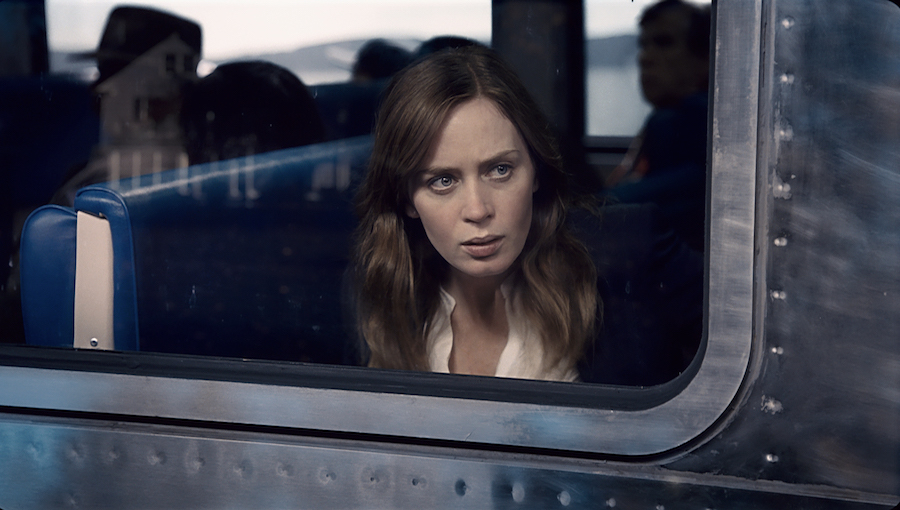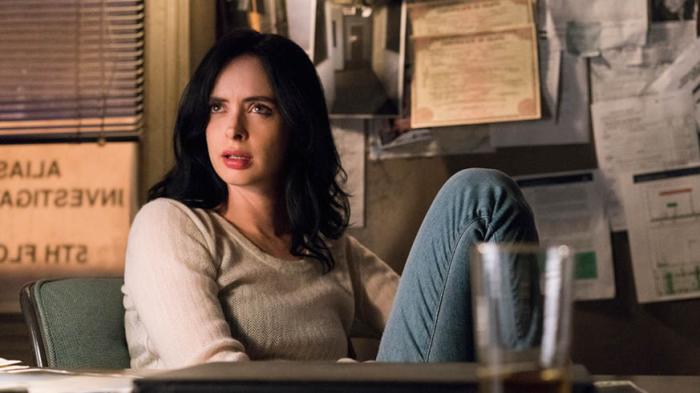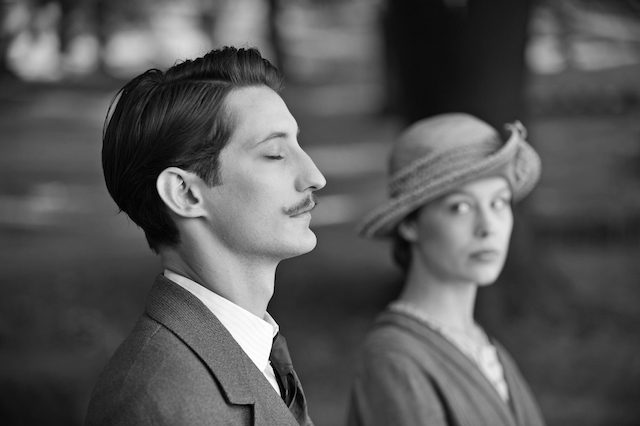‘The Girl on the Train’ On one hand, the “Girl on the Train” movie is to the “Gone Girl” film what the books were to each other: a step-down — either a bald knock-off or, to be charitable, a mostly innocent, reasonably ambitious page-turner cruelly dragged into the cultural conversation, reduced to “if you loved this, you’ll probably think this is, you know, close enough.” On the other hand: Emily Blunt! The actress has always been the type of actor whose movies were worth watching just to see what exciting jazz she’s doing in them. It doesn’t matter what the subject matter is, or if the rest of the movie will be any good. All that matters is that there will be Blunt. It doesn’t deserve it, but “Girl on the Train” possesses top-shelf Emily Blunt. So much of Paula Hawkins’ bestseller smacks of Gillian Flynn’s: there’s a missing girl (Haley Bennett), a free spirit’s disdain for suburban life, perspective shifts between characters. But there’s nothing in “Gone Girl” like Blunt’s Rachel. She’s the eponymous hot mess — a deeply damaged, black-out drunk who gets embroiled in a tangled, twisty mystery after observing what she suspects is foul play from the window of public transit. She’s also the most thrillingly unhinged central protagonist of a major American motion picture since Mel Gibson in “Conspiracy Theory.” Rachel doesn’t do anything as trashily psychotic as Rosamund Pike’s Amazing Amy in “Gone Girl,” and she’s not tinfoil hat like Mel. But she’s arguably more fascinating and definitely more rare: She’s simply peerlessly pathetic and self-destructive — the person you want to help but eventually have to push away out of self-preservation. And here she is, our lead character. RELATED: Interview: Meet Sasha Lane, the young, chill newcomer of “American Honey” Blunt doesn’t sugarcoat Rachel or make her likeable. Her unflattering secrets are doled out piecemeal throughout the film, and each time we learn something new she ramps up her performance, spluttering and flailing about all the more. Watching Blunt’s touchingly frantic work is more compelling than following the mystery in which Rachel’s engulfed, though her intrusion into it adds a shot to the arm. Rachel starts as a mere voyeur from the train, then suddenly shows up in the characters’ lives, sloppily trying to play detective. She wants to know the truth, but she also starts to suspect herself — that one of her usually crazed black outs might have gone worse than usual. It’s here that “The Girl on the Train” starts to sound like “In a Lonely Place,” in which a struggling screenwriter, played by a never more intimidating Humphrey Bogart, might have killed someone — and even if he didn’t, that we thought he could commit murder is nearly as disturbing. “Train” isn’t that smart and, though it tries to look cool and sleek, it’s unfathomably sloppy. It’s sometimes as sloppy, in fact, as Rachel herself. Director Tate Taylor may have helmed “The Help,” but he also tried his hand at “Get On Up,” a highly noble and crazily ambitious anti-biopic that lacked the precision it sorely needed. The same goes here: This is a movie with a lot of strong ideas, touching on self-deception, female oppression and class. It works in unreliable narrators and time jumps. It has a heavy style that makes for a sleepy whodunit but also a deeply empathetic look at lonely, haunted women. It doesn’t want to be the “Gone Girl” movie, where it picked up once things turned mad. Thing is, it’s destined for a place that’s far more stupid, at which point the many balls it has in the air come crashing down. Then again, miss this Emily Blunt performance at your own peril.
Director: Tate Taylor
Stars: Emily Blunt, Rebecca Ferguson
Rating: R
2 (out of 5) Globes
Emily Blunt is the reason to see ‘The Girl on the Train’

Dreamworks Pictures
Follow Matt Prigge on Twitter @mattprigge


















